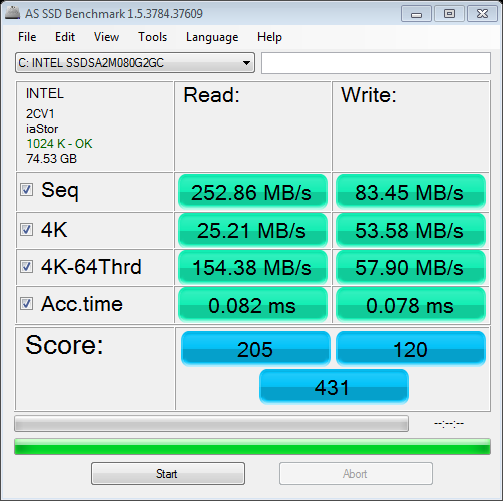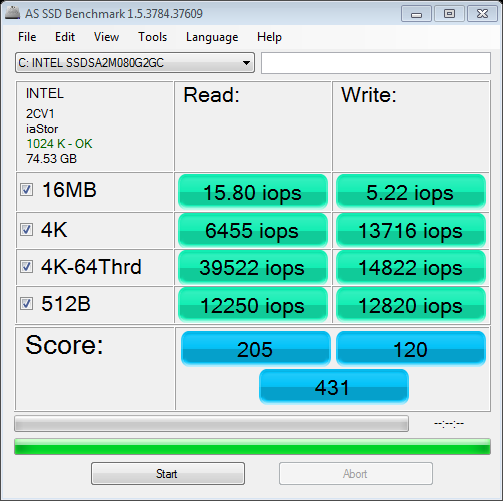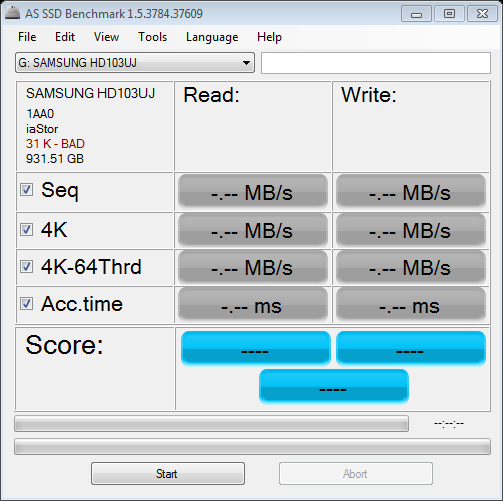Soldato
- Joined
- 9 Jan 2007
- Posts
- 4,223
- Location
- Returning video tapes
 , my Crucial M225's both died. Though I'll say this, the 4kb random writes are surprisingly high on the maxtors, 3.5MB/s and ok reads aswell, 100mb sequential read/writes between them, only tested in Crystalmark.
, my Crucial M225's both died. Though I'll say this, the 4kb random writes are surprisingly high on the maxtors, 3.5MB/s and ok reads aswell, 100mb sequential read/writes between them, only tested in Crystalmark.why are seq read and write not as advertised or near to?
there seem to be large discrepancy, any reason for this?
I have no idea at all at the moment, i'm hoping someone on here who knows more about these things might be able to answer this question????
Its due to the benchmark and how drives/windows treats data.
Thats the reason that OCZ give on their forum and several reviewers have mentioned for Atto results being no where near real life performance or that of other benchmarks.
Yet OCZ use Atto for their marketing numbers of drive performance.




 HD Tune reports it as all OK...
HD Tune reports it as all OK...

why is my writes so slow ?
its a samsung 64gb ssd[/QUOTE]
Could be because ur running in IDE mode rather than AHCI.
Could be because ur running in IDE mode rather than AHCI.




